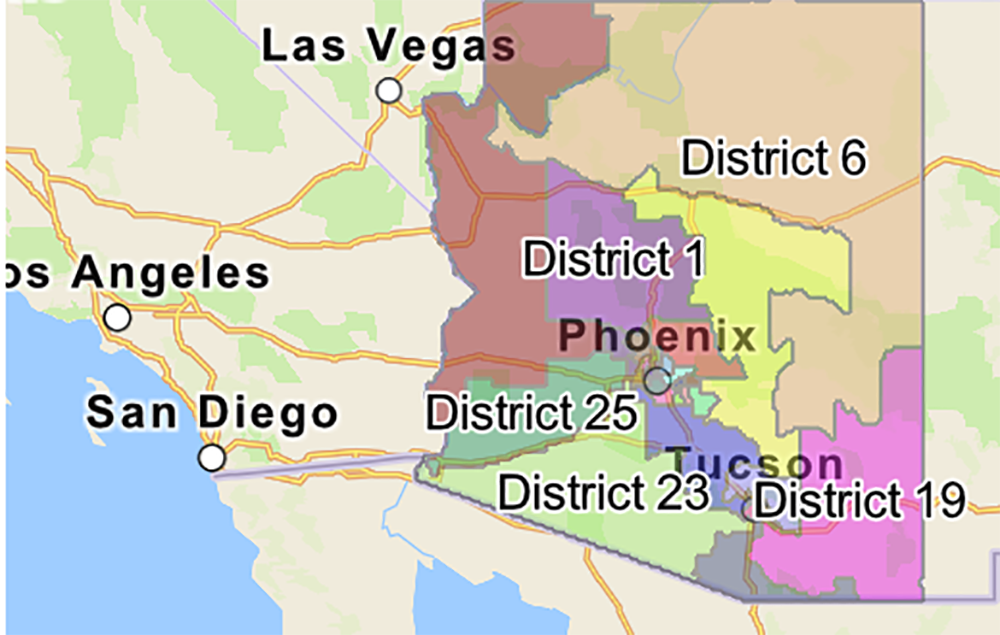Arizona Legislative Districts
By Ray Stern || Arizona Republic
Republicans retain the one-vote majorities lead they’ve had for the past two years in the Arizona Legislature, but Democrats have gained influence because of redistricting, Katie Hobbs’ gubernatorial victory and growing purple patches of central Arizona.
Last month’s election resulted in the state’s most politically diverse legislative districts in more than 10 years, which beginning in January will give more Arizonans a voice in state government and require Republican lawmakers to work together with Democrats like they haven’t had to do since Janet Napolitano was governor in the mid-2000s.
Five of the Legislature’s 30 districts will be split for the next two years, with one Democrat and one Republican House member each, something that hasn’t happened since 2008. Usually, only two or three split.
The once-a-decade redistricting process based on the U.S. Census played a strong role in Arizona’s new legislative landscape, creating five districts that would be competitive by design, with hair-thin margins between the number of Republican and Democratic voters.
Those central Arizona districts — 2, 4, 9, 13 and 16 — were targeted early by Democratic Party officials. They hoped to tie or win either the House or Senate for the first time in decades by convincing Democrats to vote, and by swaying enough independents — who make up about one-third of the electorate — to their side.
At least one Democrat won in all five competitive districts in the House. The closest of those races was in Pinal County’s Legislative District 16, where lifelong educator Keith Seaman beat pastor Rob Hudelson by only a few hundred votes.








